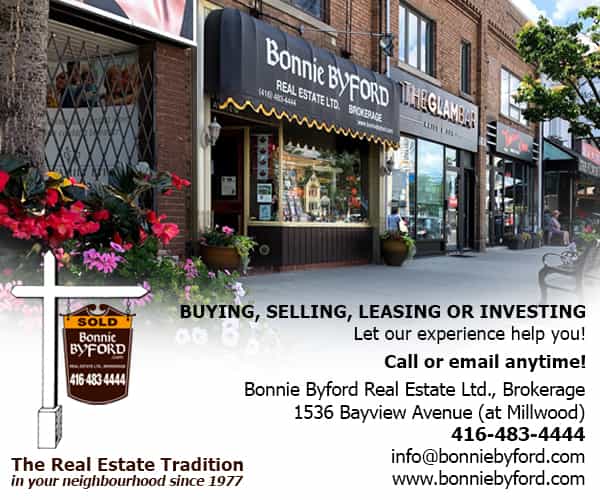And 30 years ahead of its time
The outside is why you know it, but it’s the subtle touches behind the blue that make it truly avant-garde.
Many people know the Blue House at Glenvale and Laird. It stands out – for the obvious reason – and this makes it many things for me: the finish line, the crucial turn to find my house, the last border on the way back from the cottage, to where Mom’s rules are back in full.
But what isn’t seen behind the front-yard urban forest and the 14-inch thick walls are the ingenious little features that have kept the one-and-a-half storey reno halving heating bills for three decades.
So who put this once cookie-cutter bungalow among the vanguard of green? Architects? Engineers?
“Envirofreaks,” says Marilyn Freeman, one half of the original do-it-yourself renovation team.
Armed with a couple months off and a how-to course, the young couple reimagined their home through the principles of passive solar design. Some of the technologies they used have only this year been widely accepted by the green building community.
In two phases, they stripped out what insulation there was and wrapped the exterior walls about three-times thicker, they excavated the basement, and they topped it with an R60-insulated roof, made of long-lasting steel.
“It was very much a weird form of community development,” says Freeman, now a resident of Kingston, who was 32 when she and her late husband began in 1982.
“Not that the community was involved, but oh my god we had a lot of sidewalk supervisors. We got to meet everybody that way.”
The idea of passive solar is to regulate the home’s temperature using its relationship with the outside environment.
In the Blue House, elements like “heat sinks” absorb, store and slowly release warmth. Airtight walls and ultra-thick insulation keep the cold out. Cathedral windows and enhanced airflow keep the house comfortable in all but the most excruciating days of summer, with no air conditioning.
The attention to detail goes even deeper. Thick coniferous spruce at the front rebuff the prevailing winter winds, while, at the back, a tall deciduous honey locust allows summer shade and cold-season sunlight.
The light goes through one of several sunroofs to the mud room, sitting off the open-concept family area. There they hit the heat sinks: a black slate floor and a double layer of drywall.
While it’s long been known that the gypsum in drywall has heat-
absorption properties, the commercial application of that know-how is a different story.
“(It’s) a concept that only today, I mean in the last six months, has been developed as a thermal mass technology,” says green-homes expert Peter Goulimis, explaining how the new product packs a double-load of gypsum in a piece of drywall.
A construction manager for more than 20 years and a green-technology specialist for eight, the owner of Goulimis Construction is also a Leasider.
Though the craft of energy-efficient homebuilding has come a long way in recent years, he said, it’s remarkable to see a three-decade-old home built like this – not to mention how its hot water furnace keeps the annual gas bill under $800.
You have to take a holistic view, he says, when looking at a home’s energy efficiency. Many things can improve a home’s ability to store heat, easing its hunger for gas, but it all boils down to how much energy it needs and how much it wastes.
“If you’re losing it through the wall, you’re only ever as good as your weakest link,” Goulimis said.
“They made such practical choices,” says Jennifer Walker, who now lives there with her husband Rich and their young son. “We’ve been able to benefit a lot from it.”
And all that blue?
“It’s a house that comes with an identity,” she says.
For that identity, she can thank Marilyn Freeman’s finger.
It was 1991, it was autumn, and Freeman and her family were living in the basement during the renovation’s second phase. They had no roof. Winter was soon. Big problem.
When she learned the Hunter Green roof they had ordered couldn’t come for another six months, Freeman decided another colour would have to do. Whatever it was, they’d just paint the house to match.
She took the palette across the street, faced her then-brown home, and closed her eyes.
“It was all by luck of the finger,” she says with a laugh.

